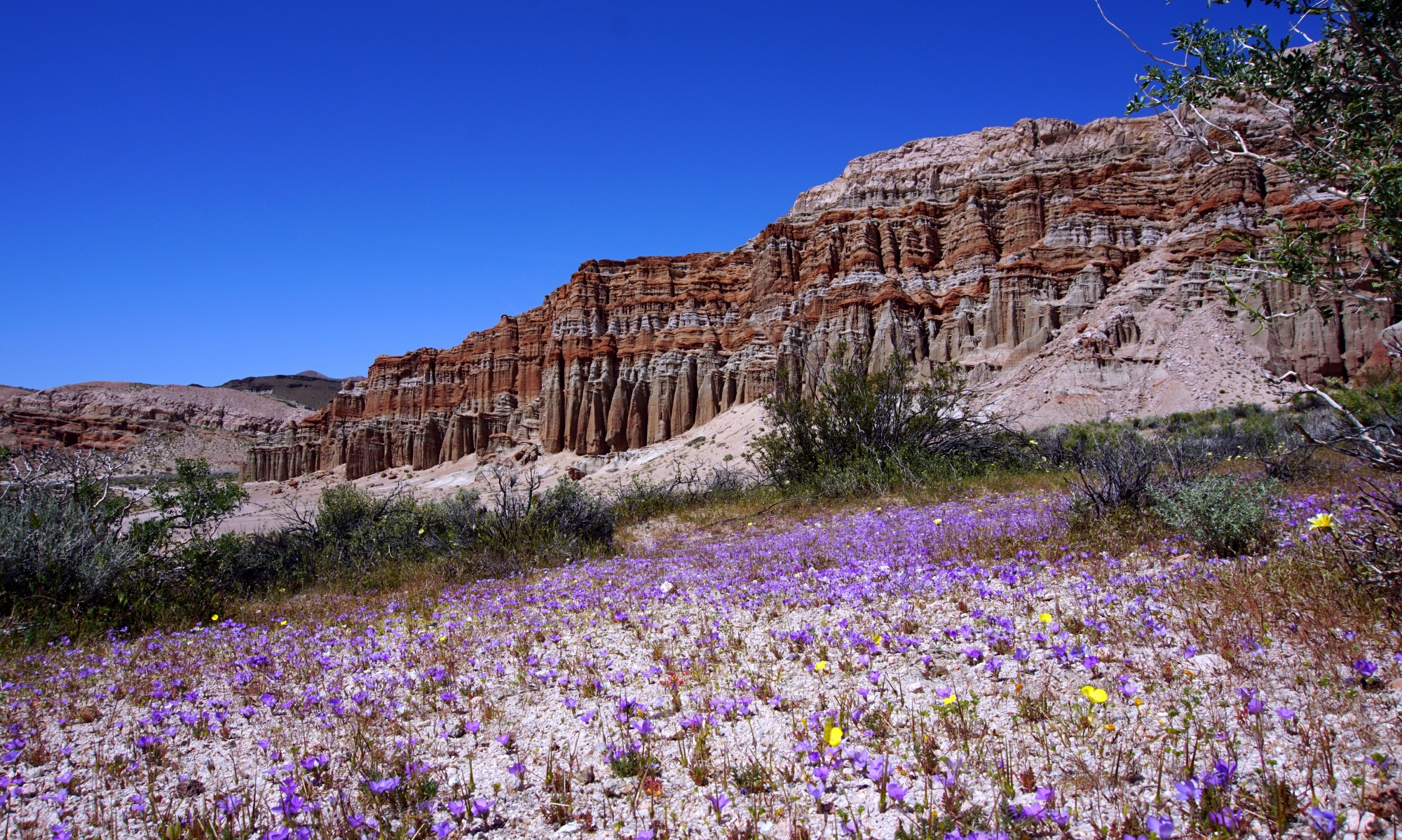RATING: ♦♦♦♦♦
If there is a theme to our last few weeks of traveling, it should be volcanos. Our route has taken us along much of the Cascade Volcanic Arc, which has included stops at Lava Beds National Monument, Crater Lake, Newberry Volcano, and now Mount St Helens. We hope to also visit Mt Rainier.
Mount St Helens is best known for its explosive eruption on May 18, 1980. An earthquake measuring 5.1 on the Richter scale caused the eruption that reduced the elevation of the mountain’s summit from 9,677 ft to 8,363 ft, leaving a mile wide horseshoe-shaped crater.
We drove for about an hour and a half along a winding mountain road from our campground to the Johnston Ridge Observatory, which sits on a bluff about 5 miles from the crater. From there, we had incredible views of the mountain and much of the 1980 blast zone.
Outside, there are ranger talks and hiking trails in addition to the wonderful scenery. Inside, there is a small museum with displays and eye witness accounts from eruption survivors. After watching a historical film, the screen goes up, and the curtain opens to windows overlooking the mountain. Dramatic!
The long drive to and from the observatory was well worth it. There are many places to pull over and see the mountain from different angles. And it’s amazing to see how the landscape has regrown. Trees are tall, thick, and green as far as the eye can see. Flowers are everywhere.








